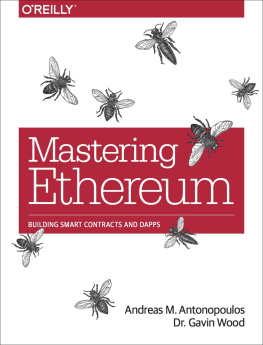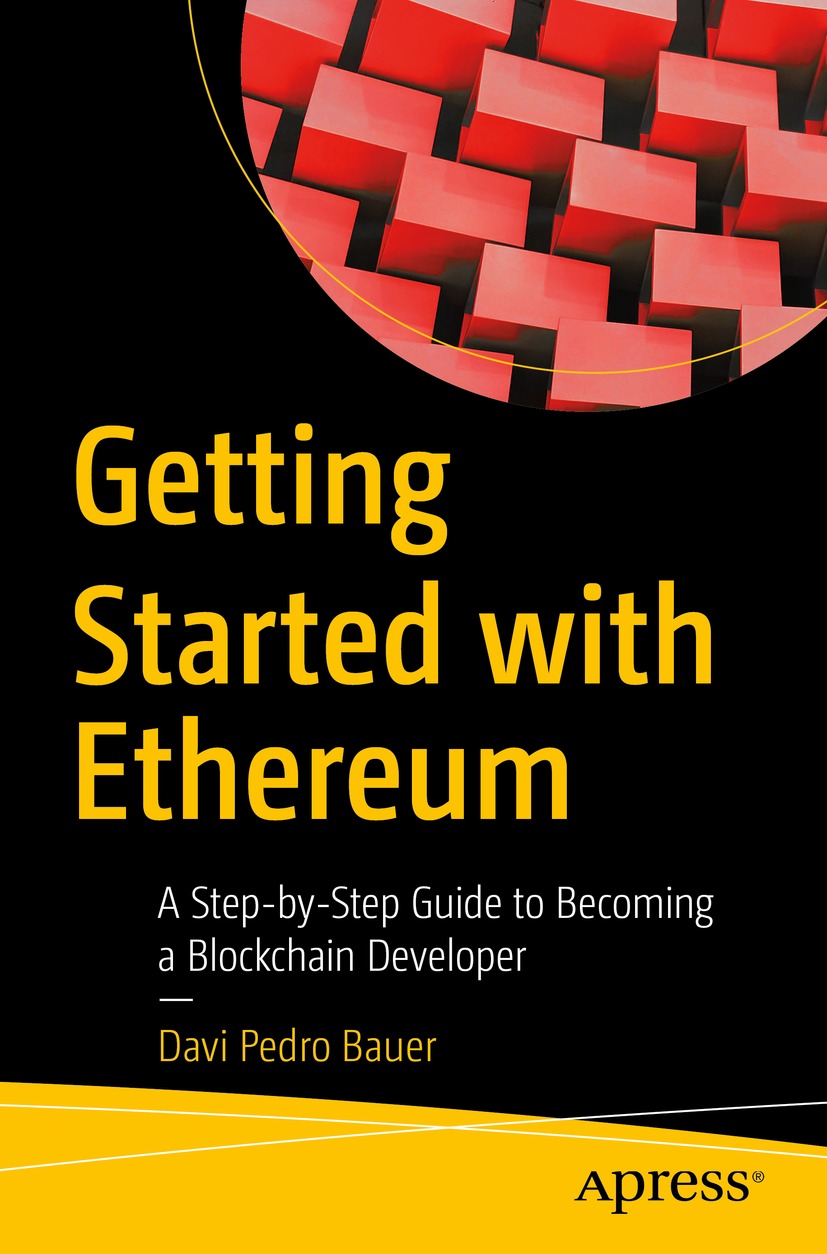Davi Pedro Bauer - Getting Started with Ethereum: A Step-by-Step Guide to Becoming a Blockchain Developer
Here you can read online Davi Pedro Bauer - Getting Started with Ethereum: A Step-by-Step Guide to Becoming a Blockchain Developer full text of the book (entire story) in english for free. Download pdf and epub, get meaning, cover and reviews about this ebook. year: 2022, publisher: Apress, genre: Computer. Description of the work, (preface) as well as reviews are available. Best literature library LitArk.com created for fans of good reading and offers a wide selection of genres:
Romance novel
Science fiction
Adventure
Detective
Science
History
Home and family
Prose
Art
Politics
Computer
Non-fiction
Religion
Business
Children
Humor
Choose a favorite category and find really read worthwhile books. Enjoy immersion in the world of imagination, feel the emotions of the characters or learn something new for yourself, make an fascinating discovery.
- Book:Getting Started with Ethereum: A Step-by-Step Guide to Becoming a Blockchain Developer
- Author:
- Publisher:Apress
- Genre:
- Year:2022
- Rating:3 / 5
- Favourites:Add to favourites
- Your mark:
Getting Started with Ethereum: A Step-by-Step Guide to Becoming a Blockchain Developer: summary, description and annotation
We offer to read an annotation, description, summary or preface (depends on what the author of the book "Getting Started with Ethereum: A Step-by-Step Guide to Becoming a Blockchain Developer" wrote himself). If you haven't found the necessary information about the book — write in the comments, we will try to find it.
Getting Started with Ethereum delves into technologies most closely associated with Ethereum, such as IPFS, Filecoin, ENS, Chainlink, Truffle, Ganache, OpenZeppelin, Pinata, Fleek, Infura, Metamask, and Opensea. Author Davi Bauer walks you through project creation, how to compile projects and contracts, configure networks, and deploy smart contracts on blockchains. He then covers smart contracts, including deploying and verifying them. This book approaches blockchain in a way that allows you to focus on the topic that most interests you, covering Ethereum-related technologies broadly and not just focusing on Solidity.
This hands-on guide offers a practical rather than conceptual approach get you coding. Upon completing this book, you will be able to confidently develop and deploy smart contracts on blockchains.
Source code can be found at https://github.com/Apress/getting-started-ethereum.
What You Will Learn
- Understand tokenization of assets, including NFTs, using Ethereum
- Host censorship-resistant applications using IPFS
- Deploy on second-layer blockchains using Polygon
- Deploy smart contracts with multiple technologies around Ethereum
Who Is This Book ForOff-chain developers who want to migrate to on-chain development starting with the Ethereum blockchain and the technologies around it. Prior programming knowledge and conceptual understanding of blockchain is necessary.
Davi Pedro Bauer: author's other books
Who wrote Getting Started with Ethereum: A Step-by-Step Guide to Becoming a Blockchain Developer? Find out the surname, the name of the author of the book and a list of all author's works by series.

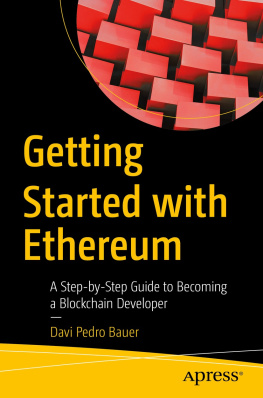


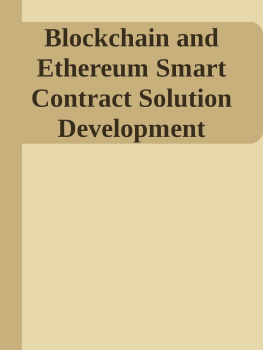
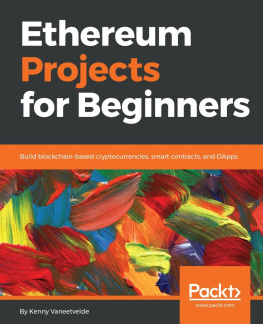
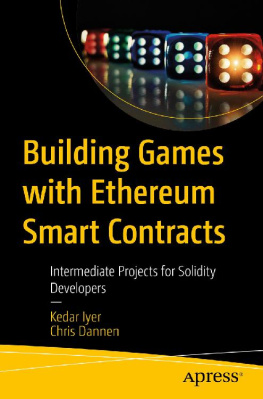
![Debajani Mohanty [Debajani Mohanty] - Ethereum for Architects and Developers: With Case Studies and Code Samples in Solidity](/uploads/posts/book/119695/thumbs/debajani-mohanty-debajani-mohanty-ethereum-for.jpg)
![Manoj P R [Manoj P R] - Ethereum Cookbook](/uploads/posts/book/119692/thumbs/manoj-p-r-manoj-p-r-ethereum-cookbook.jpg)
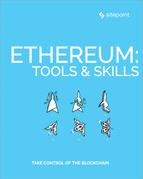
![Kenny Vaneetvelde [Kenny Vaneetvelde] - Ethereum Projects for Beginners](/uploads/posts/book/119688/thumbs/kenny-vaneetvelde-kenny-vaneetvelde-ethereum.jpg)
